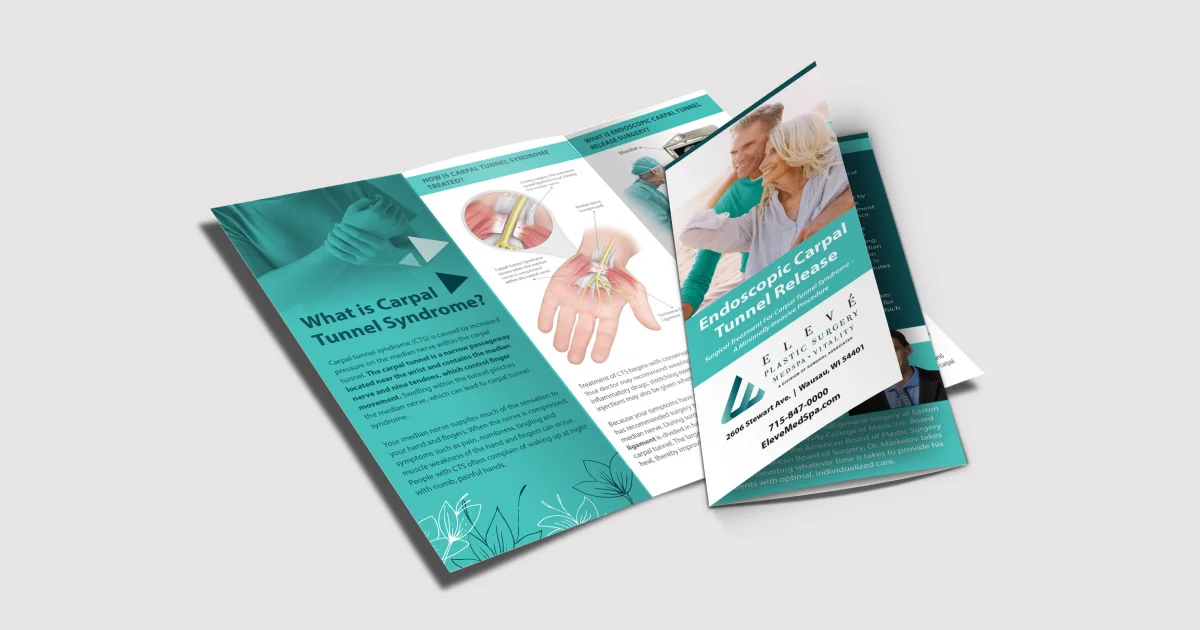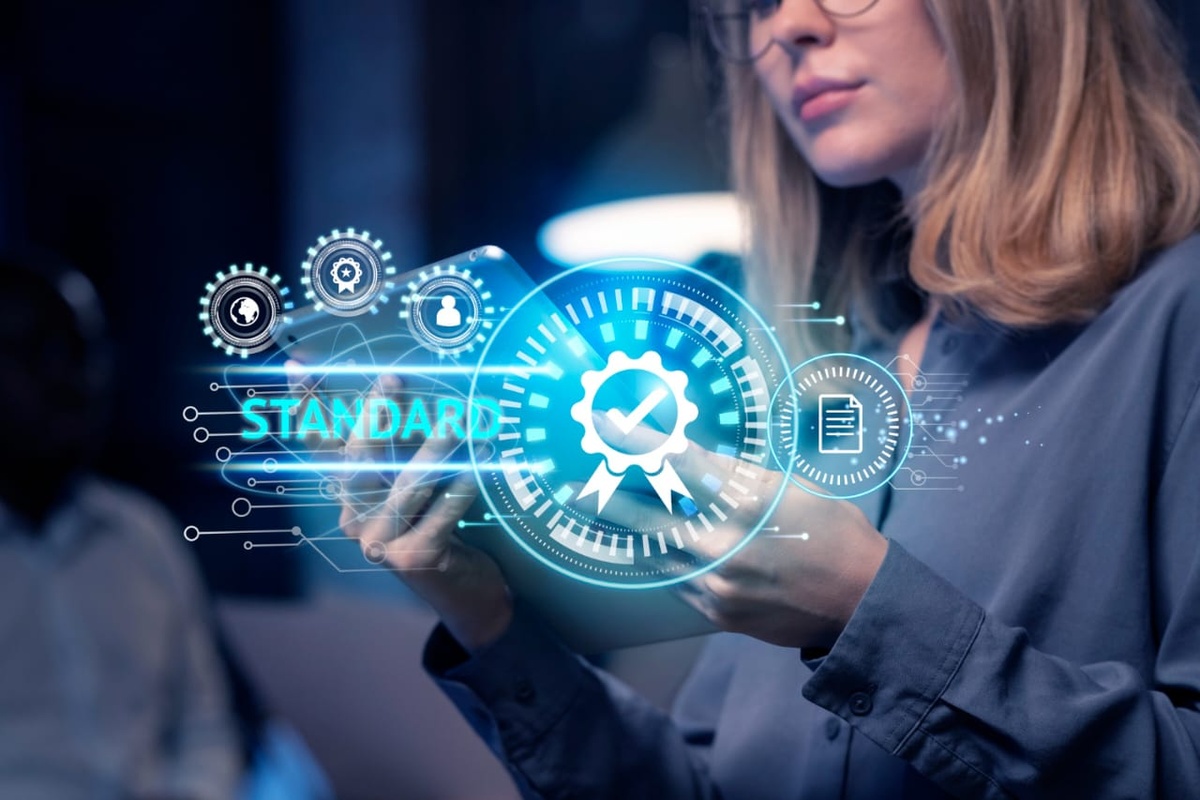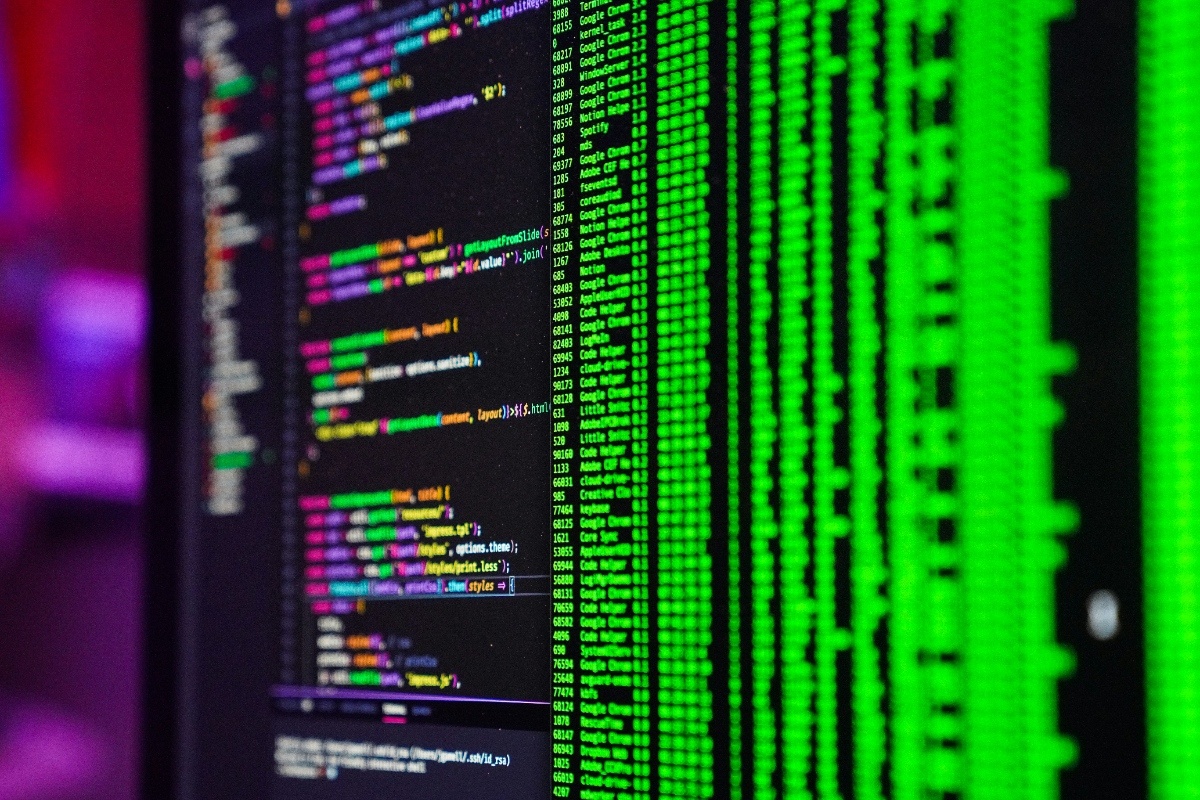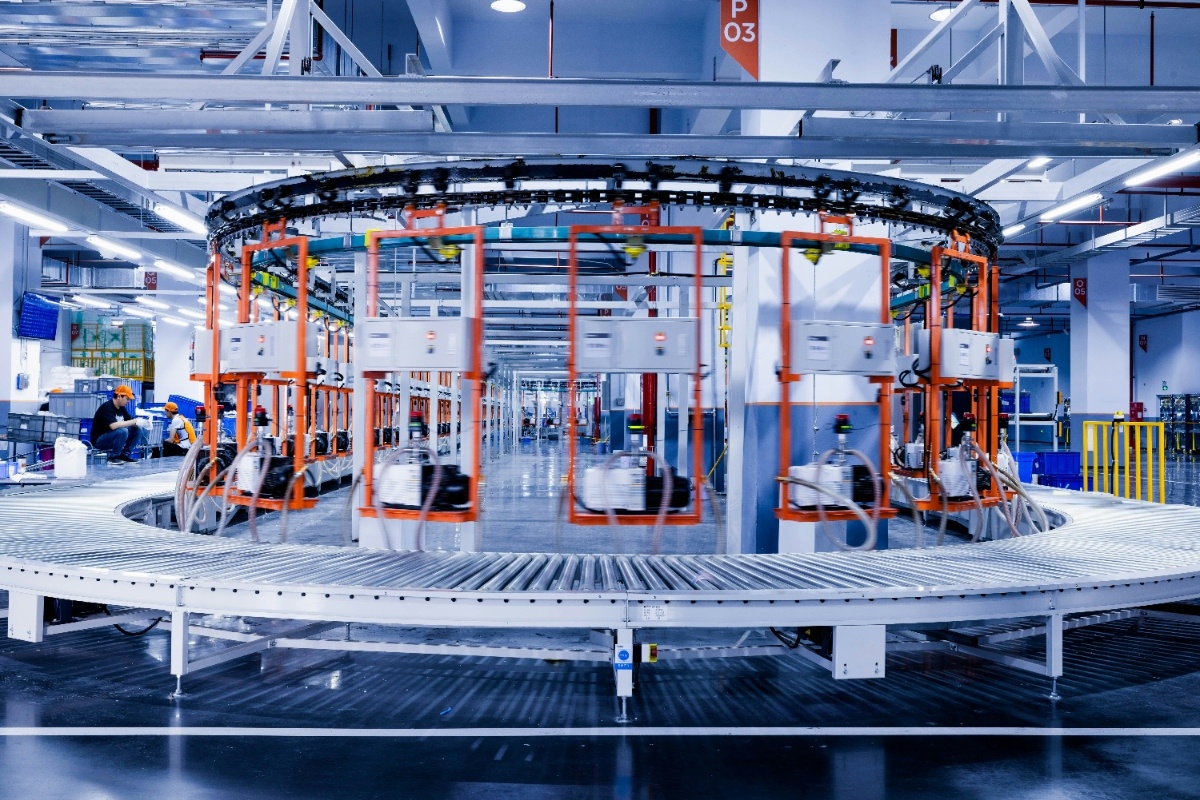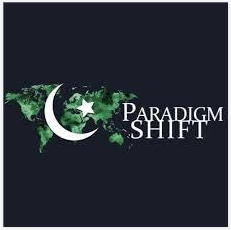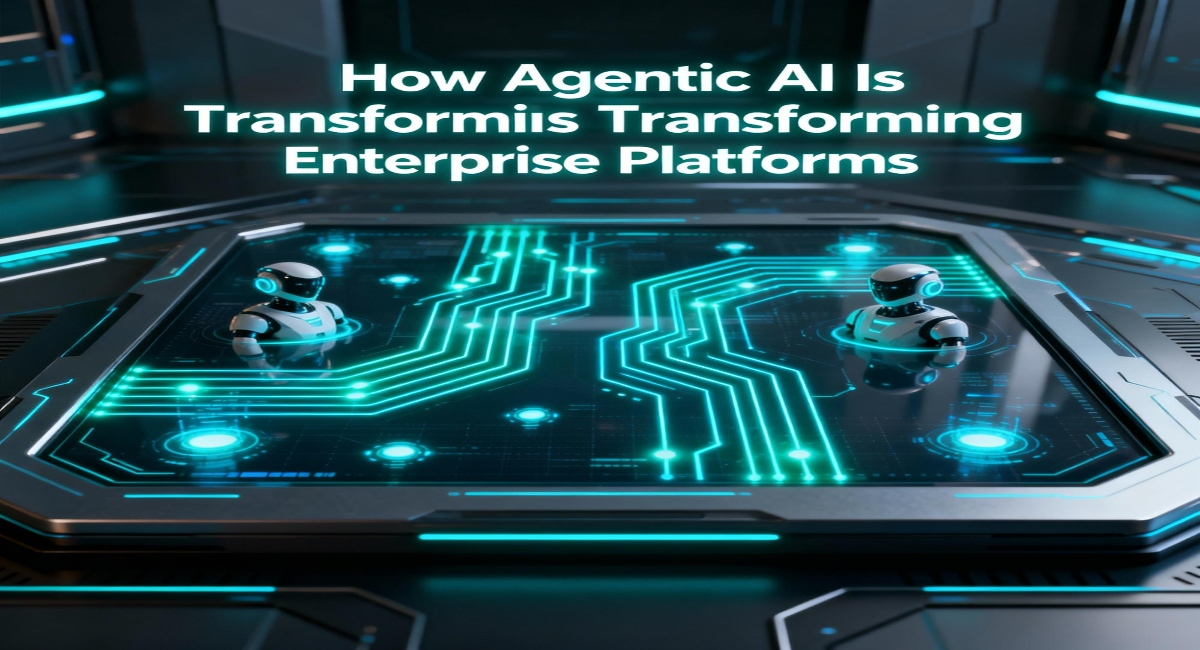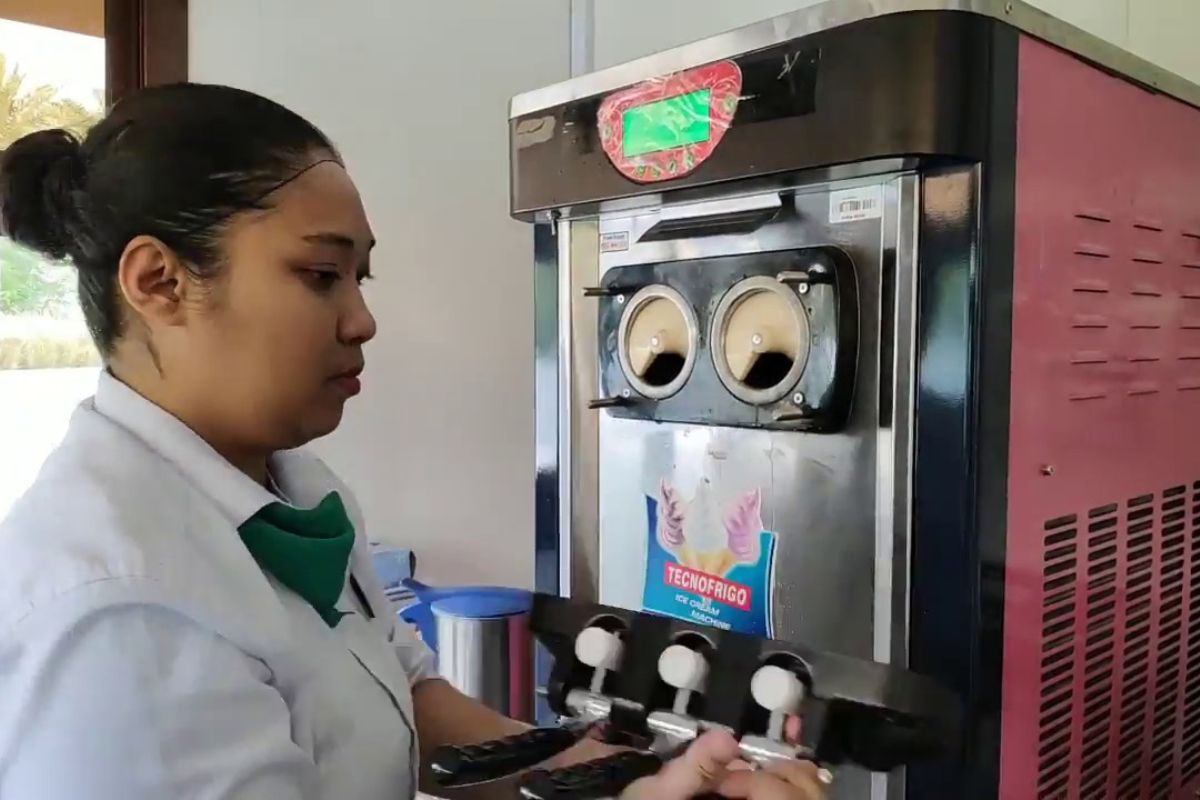Technology
Trending
- How Toca Boca is Transforming Digital Play into a Creative Lifestyle
IntroductionDigital play has become an inseparable part of modern life. For children, teens, and eve...
Generative AI refers to algorithms capable of creating original content, from text to images and music. It uses deep learning to understand patterns and generate new outputs inspired by data. Creative industries increasingly adopt these technologies, reshaping how art and content are produced.
Artists, designers, and creators now collaborate with AI to enhance their creative processes. This collaboration helps overcome traditional limitations, allowing for faster idea generation and innovative experimentation. Generative AI is no longer just a tool but a creative partner.
The widespread use of AI in creativity promises democratization, enabling individuals with limited technical skills to generate complex works. It also raises questions about originality and authorship, challenging conventional creative norms.
2. Generative AI in Visual Arts
Visual arts have seen a profound transformation thanks to AI-powered image generation tools. AI can create detailed paintings, designs, and even photo-realistic images based on prompts. This accelerates the creative process and opens new artistic possibilities.
Artists use generative models to produce unique textures, compositions, and styles, often blending human creativity with AI’s computational power. It also allows rapid prototyping and ideation for design projects. Galleries and auctions have showcased AI-generated art, proving commercial viability.
However, some purists argue AI lacks true creativity, but the collaboration between human intuition and AI output challenges this view. The artistic community debates the role and value of AI-created art.
3. Generative AI in Music Production
AI-generated music uses algorithms to compose melodies, harmonies, and rhythms. Musicians can input simple ideas, and AI expands them into complex compositions. This reduces barriers for non-experts and speeds up production cycles.
Producers incorporate AI tools for sound design, mixing, and mastering, improving workflow efficiency. AI also personalizes music by generating tracks tailored to listener preferences, reshaping how audiences experience music.
Despite automation benefits, human emotion and storytelling remain central to music. AI acts as an assistant, helping artists explore new sonic landscapes without replacing their artistic voice.
4. Generative AI in Writing and Content Creation
Writers benefit from AI tools that generate text drafts, brainstorm ideas, and assist with editing. AI models can produce articles, stories, scripts, and marketing copy, accelerating content creation significantly.
AI helps overcome writer’s block and refines language, tone, and style based on user input. This allows creators to focus on creative vision while AI handles routine writing tasks.
Concerns exist regarding originality and ethics, as AI-generated content may blur lines between human and machine authorship. Yet, many see AI as a collaborative tool enhancing productivity and creativity.
5. Impact on Film and Animation
In film, generative AI aids scriptwriting, storyboarding, and special effects creation. It can generate character designs, backgrounds, and even deepfake videos for creative storytelling, reducing production costs.
Animation studios leverage AI to automate repetitive tasks like in-between frames, allowing animators to focus on more expressive elements. AI-generated content enables rapid prototyping of scenes and visual effects.
While AI boosts efficiency, human direction remains crucial for narrative depth and emotional engagement. The balance between AI tools and artistic vision defines the future of film creation.
6. Advertising and Marketing Creativity
Generative AI enables marketers to create personalized ads, social media content, and product designs quickly. AI analyzes consumer data to tailor messages that resonate individually, increasing engagement and conversion rates.
Creative teams use AI to generate concepts and visual assets, freeing time for strategy and storytelling. The technology supports A/B testing and real-time content optimization, making campaigns more agile and effective.
Ethical use is vital as AI shapes consumer perceptions. Transparency and creativity combined ensure AI enhances rather than diminishes authentic brand storytelling.
7. Gaming Industry Innovations
Game developers use generative AI to create dynamic worlds, characters, and narratives. AI can design levels, dialogue, and quests, adapting gameplay to player actions, enhancing immersion and replayability.
Procedural content generation powered by AI reduces development time and cost while expanding game complexity. This creates unique experiences for each player, improving engagement.
AI also helps balance game difficulty and personalize content, ensuring that games remain challenging and enjoyable for diverse audiences.
8. Challenges of AI in Creative Industries
Generative AI introduces challenges including intellectual property rights, ethical concerns, and potential job displacement. Questions about who owns AI-created work remain unresolved in many legal systems.
The technology risks producing biased or inappropriate content if training data is flawed. Creators must ensure AI is used responsibly to avoid perpetuating stereotypes or misinformation.
Balancing innovation with regulation and ethical standards is crucial to foster trust and sustainable use of AI in creative fields.
9. Democratization of Creativity
Generative AI lowers barriers to entry, enabling anyone with basic tools to produce sophisticated creative work. This democratization expands diversity in art and media, empowering underrepresented voices.
Online platforms integrate AI tools, fostering global creative communities. People from various backgrounds can share unique perspectives, enriching cultural landscapes.
While access expands, ongoing education is needed to understand AI’s capabilities and limitations, ensuring creators use it effectively and ethically.
10. Collaboration Between Humans and AI
The most exciting development is the partnership between human creativity and AI’s computational strengths. Artists provide intuition, context, and emotion, while AI offers speed, pattern recognition, and innovation.
This symbiosis leads to hybrid creative processes where AI suggests ideas and humans refine and interpret them. It challenges traditional notions of authorship and creativity as solely human traits.
Collaborative creativity with AI promises new art forms and experiences, combining the best of both worlds.
11. Future Trends and Predictions
Generative AI will continue evolving, becoming more intuitive and integrated into creative workflows. Tools will become more accessible, customizable, and capable of understanding context and emotion deeply.
Emerging technologies like multimodal AI will enable simultaneous generation of text, images, sound, and video, creating seamless creative experiences. Virtual and augmented reality will blend with AI-driven content for immersive art.
Creative professionals who embrace AI will unlock unprecedented potential, while those resisting may face challenges adapting to a rapidly changing landscape.
12. Conclusion:
Generative AI is reshaping creative industries by augmenting human potential and expanding creative possibilities. It challenges traditional creativity but also offers exciting opportunities for innovation.
Success depends on ethical use, collaboration, and education to ensure AI serves as a tool for empowerment rather than replacement. The future of creativity lies in the harmonious blend of human and artificial intelligence.
Creative industries that adapt and embrace generative AI will lead innovation, producing novel art forms and experiences that redefine what creativity means.
Recent Articles

About Admin
This post has been published by the admin of our website, responsible for content management, quality checks, and providing valuable information to our users.

